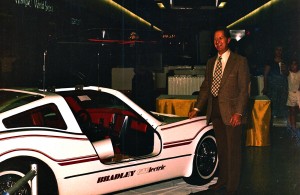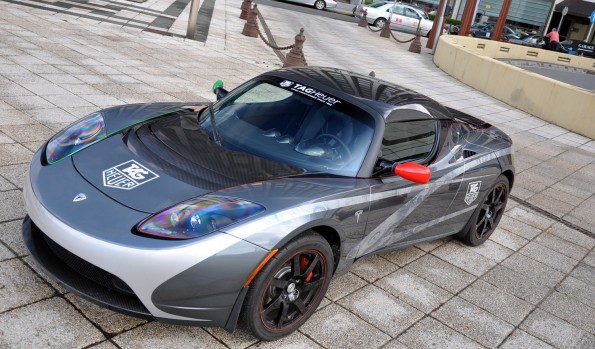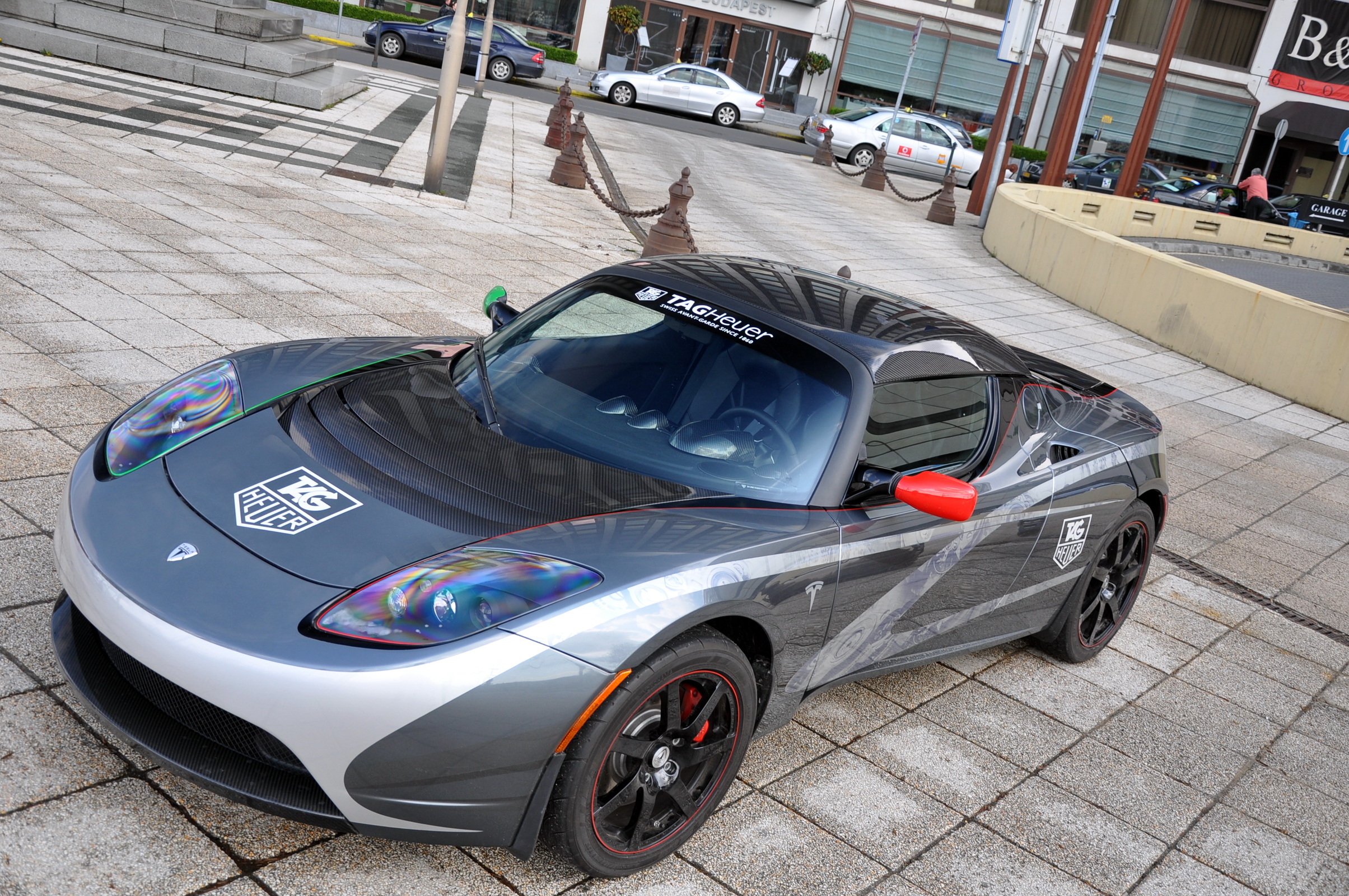The Pony Express once manned over 20 waystations across Utah to recharge horses for riders as they galloped westward. Tesla Motors has five supercharging stations in Southern Utah for a similar intent. Currently there are 86 supercharging stations throughout North America, reaching 80 percent of the U.S. population. The stations allow drivers to charge half their car battery in 20 minutes and travel coast to coast. By 2015, enough supercharging stations will be built to reach 98 percent of the population.
Prior to the 20th century, electric vehicles outsold gas-powered vehicles 10 to one. Not until the advent of mass-production assembly lines did gas-powered cars corner the market. Hand-built electric cars couldn’t compete with Ford’s River Rouge assembly operations.
It’s unclear how quickly the modern consumer will take to electric cars, but electric vehicle production has been an interesting part of Utah’s past. In 1910, Alfred O. Whitmore built a factory, dealership and service garage on South Temple in Salt Lake City for the cars he designed. He eventually became the largest manufacturer and dealer of electric vehicles in the West.

A savvy businessman, Whitmore located his business near the customers who could afford his product. His business also provided a battery recharge area for electric cars. Whitmore’s knowledge of electricity derived from his work on the development of the Nunn’s Park Power Plant at the mouth of Provo Canyon. The plant was the first power station built in the U.S. for the long-distance transmission of high-voltage electricity.
By the 1920s, electric cars were all but extinct as a result of consumers desiring vehicles that could travel longer distances, had more horsepower, and could utilize the availability of gas stations. Electric cars were a thing of the past.
Kaysville resident Barrie Brewer believes also that another factor was involved in the electric cars’ demise was due to the actions of oil and steel barons of the time.
“They pretty much determined the direction of the economy in the early 1920s, and all the electric cars died out,” Brewer explained.
Brewer’s father Boyd “Abe” Brewer had a fascination with power and energy conservation and energy security. He did not want to rely on fossil fuels, Brewer said. Abe researched electric cars and learned of Provo resident William Bullock, who claimed his electric CitiCar—produced between 1974 and 1977—was the only car of its kind in Utah County in 1976.
Abe decided to build an electric car. In 1980, he ordered a GT body kit from the Bradley Kit Car Company. When he received the kit it was missing 35 percent of the parts. He had the missing parts machined at a local shop and finally completed the car in 1982. It could be driven from Salt Lake City to Provo in one charge, then needed another 8-hour charge to return. When Abe passed away in 1986, the car was sold to a battery technology company in California.

Today electric cars are becoming much more available in this modern and more environmentally-conscious age.
John Loveless, also a Kaysville resident, began his electric vehicle journey with an overabundance of the sun’s energy. The solar panels installed on his home and other efficiency improvements produced 140 percent of his electricity needs and he wanted to utilize the surplus. Loveless made an electric pickup truck, then converted a Geo Metro to electric, and his wife now drives a Nissan LEAF.
“We’ve been completely gasoline free for 5 months,” Loveless said.
His Geo can travel 80 miles on a single charge a day and the LEAF can travel 100 miles. Loveless said they don’t need their vehicles to go farther during their daily commute. If they are traveling a greater distance, they rent a car, he said.
“The cost of insurance, registration, and maintenance is more than just renting a car a few times a year,” Loveless explained.
Electric cars in the U.S. “will take off,” Loveless thinks. “In the next five years, there will be millions on the road.
However, the future of electric vehicles in Utah might not be so bright at the moment.
“Utah is a fossil fuel-oriented state,” Brewer said. “There are so many natural resources, coal and natural gas reserves. It would be difficult to rev up support in the political interests and consumer interests.”
Brewer has made a personal goal of owning an electric car in the next two years. His dream is to drive a Tesla, he said.
“It’s getting a lot more traction in the last 18 months or so,” he said about the electric car company. “I hope electric cars are our future.”







